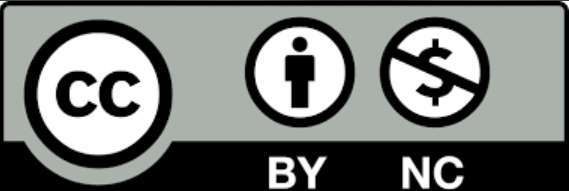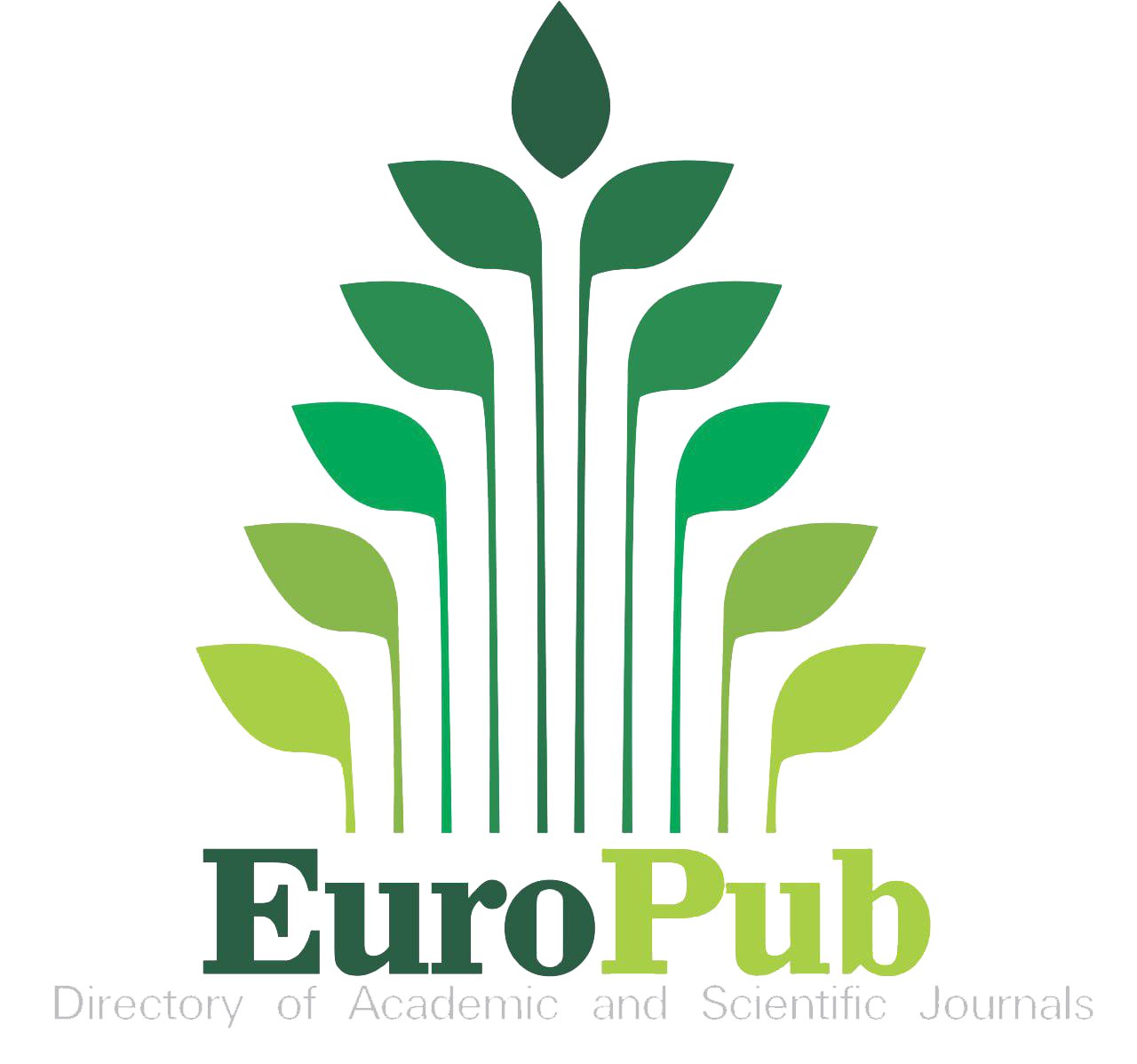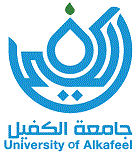Abstract
In this study, cure models have been applied to model National Health Insurance Scheme (NHIS) claims payment data with cured proportion using Pru District in the Bono East Region of Ghana as a case study. The covariates effects were also modelled to investigate the effects of the covariates on the cured proportion. The estimates of the parameters of the models were obtained by directly maximizing the observed likelihood functions. Most estimates of the parameters of the cure models are significant at 5% significance level. The study revealed that the cured claims payments rate increases over time with an estimated cured rate of 23.2%. Most covariates are significant at 5% significance level in most of the cure regression models, thus, the covariates, number of NHIA staff vetting the claims and claims submission category contribute to the claims payments cure rate. Weibull cure model modelled the data best over the competitive models. To ensure the sustainability of the scheme and the attainment of Universal Health Coverage (UHC) by 2030 in Ghana, the health policy makers should prioritise claims payments to Healthcare Providers (HCPs) at the primary health care (PHC) levels within time over HCPs above PHC level.
Recommended Citation
Tamimu, Ahmed; Nasiru, Suleman; and Jakperik, Dioggban
(2024)
"Cure Rate Analysis of National Health Insurance Scheme Claims Payment Survival Times in Ghana: The Case of Pru District,"
Al-Bahir: Vol. 5:
Iss.
2, Article 8.
Available at: https://doi.org/10.55810/2313-0083.1078
References
[1] Angbing I, Nasiru S, Jakperik D. Sine-weibull geometric mixture and nonmixture cure rate models with applications to lifetime data. Int J Math Math Sci 2022;2022:1e13. https:// doi.org/10.1155/2022/1798278.
[2] Asante D, Djimesah I, Adjei BK, Kissi MK. The assessment of financial sustainability of health insurance in africa: a case study of Ghana's national health insurance scheme. Int J Adv Res 2018;6(2):162e73. https://doi.org/10.21474/IJAR01/ 6424.
[3] Akweongo P, Chatio ST, Owusu R, Salari P, Tedisio F, Aikins M. How does it affects service delivery under the National Health Insurance Scheme in Ghana? Health providers and insurance managers‟ perspective on submission and reimbursement of claims. PLoS One 2021;16(3):1e15. https://doi.org/10.1371/journal.pone.0253357.
[4] Akweongo P, Gadeka DD, Aryeetey G, Sumboh J, Aheto JMK, Aikins M. Does mobile renewal make health insurance more responsive to clients? A case study of the National Health Insurance Scheme in Ghana. British Med J Glob Health 2023; 7(6):1e11. https://doi:10.1136/bmjgh-2022-011440.
[5] Balogun OS, Gao X-Z, Jolayemi ET, Olaleye SA. Generalized cure rate model for infectious diseases with possible co-infections. PLoS One 2020;15(9):1e17. https://doi.org/10.1371/ journal.prone.0239003.
[6] Caparroz L, De F,B, Achcar JA, Peres O, Martinez EZ. Discrete bilal distribution with right-censored data and cure fraction. Statistics, Optim Inform Comp 2022;10(4):1168e86. https://doi.org/10.19139/soic-2310-5070-1414.
[7] Christmals C, Aidam K. Implementation of the national health insurance scheme (NHIS) in Ghana: lessons for South Africa and low- and middle-income countries. Risk Manag Healthc Pol 2020;13:1879e904. https://doi.org/10.2147/RMHP. S245615.
[8] Esmalian M, Azimi R, Galardo D, Nasiri P. New cure rate survival models generated by Poisson distribution and diferent regression structure with application to cancer data set. J Math 2023;2023(6):1e18. https://doi.org/10.1155/2023/ 6292693. 2023.
[9] Gamel JW, Weller EA, Wesley MN, Feuer EJ. Parametric cure models of relative and cause-specific survival for grouped survival times. Comput Methods Progr Biomed 2000;61(2): 99e110. https://doi.org/10.1016/S0169-2607(99)00022-X.
[10] Ghana Health Service. Pru East and Pru west districts CHPS database (unpublished). 2023.
[11] Ghana Statistical Service. Pru district analytical report 2010 population and housing census. 2010.
[12] Ghana Statistical Service. Ghana 2021 population and housing census general report, Population of Regions and Districts. 2021. p. 1e4. 3A.
[13] Hongxiang L, Shan FP, Baofeng S. A comparative study of modified Weibull distributions in proportional hazards models. Conf Proceed 27th Nation Symp Math Sc 2020; 2266(1):26e7. https://doi.org/10.1063/5.0018428.
[14] Ibrahim JG, Chen M-H, Sinha D. Cure rate models. In: Bayesian Survival Analysis. Springer in Statistics, 1. New York: Springer; 2001. p. 155e207. https://dx.org/10.1007/978- 1-4757-3447-8.
[15] Kaba R, Nketiah-Amponsah E, Arhinful D. A review of the national health insurance scheme in Ghana: what are the sustainability threats and prospects? PLoS One 2016; 11(11):1e16. https://doi.org/10.1371/journal.prone.0165151.
[16] Kutal D, Qian L. A non-mixture cure model for rightcensored data with frechet distribution. Statistics 2018;1(1): 176e88. https://doi.org/10.3390/stats1010013.
17] Latimer NR, Rutherford MJ. Mixture and non-mixture cure models for health technology assessment: what you need to know. Pharmacoeconomics 2024;42(10):1073e90. https:// doi.org/10.1007/s40273-024-01406-7.
[18] Ministry of Health, Ghana. National community-based health planning and services (CHPS) policy. 2016.
[19] Ministry of Health, Ghana. Ghana's roadmap for attaining universal health coverage. 2020.
[20] Musta E, Patilea V, Keilegom I. A two-step estimation procedure for semiparametric mixture cures models. Scand J Stat 2024;51(3):987e1011. https://doi.org/10.1111/sjos.12713.
[21] National Health Insurance ACT, 650 (2003). Government of Ghana; 2003.
[22] National Health Insurance ACT, 852 (2012). Government of Ghana; 2012.
[23] National Health Insurance Authority. Medium term strategic plan. 2015. p. 70e1.
[24] Niu Y, Song L, Liu Y, Peng Y. Modelling clustered longterm survivors using marginal mixture cure model. Biom J 2018;60(4):780e96. https://doi.org/10.1002/bimj.201700114. 170 AL-BAHIR JOURNAL FOR ENGINEERING AND PURE SCIENCES 2024;5:160e171
[25] Nsiah-Boateng E, Aikins M, Asenso-Boadi F, Andoh-Adjei FX. Value and service quality assessment of the national health insurance scheme in Ghana: evidence from Ashiedu Keteke District. Value in Health Region Issues 2016;10:7e13. https://doi.org/10.1016/j.vhri.2016.03.003.
[26] Omer ME, Bakar MA, Adam M, Mustafa M. Utilization of a mixture cure rate model based on the generalized modified Weibull distribution for the analysis of leukaemia patients. Asian Pac J Cancer Prev APJCP 2021;22(4):1045e53. https:// doi.org/10.31557/APJCP.2021.22.4.1045.
[27] Othus M, Barlogie B, LeBlanc ML, Crowley JJ. Cure models as a useful statistical tool for analyzing survival. Clin Cancer Res 2012;18(14):3731e6. https://doi.org/10.1158/1078-0432. CCR-11-2859.
[28] Peng Y, Yu B. Cure models: methods, applications and implementation. Chapman and Hall/CRC Biostatistics Series; 2021. https://doi.org/10.1201/9780429032301.
[29] Peng Y, Zhang J. Estimation method of the semiparametric mixture cure gamma frailty model. Stat Med 2008;27(25): 5177e94. https://doi.org/10.1002/sim.3358.
[30] Samson OB, Gao X, Jolayemi ET, Olaleye A. Generalized cure rate model for infectious diseases with possible co-infections. PLoS One 2020;15(9):1e16. https://doi.org/10.1371/ journal.pone.0239003.
[31] Yilmaz YE, Lawless JF, Andrulis IL, Bull SB. Insights from mixture cure modelling of molecular markers for prognosis in breast cancer. J Clin Oncol 2013;31(16):2047e54. https:// doi.org/10.1200/JCO.2012.46.6615.
















Indexed in: